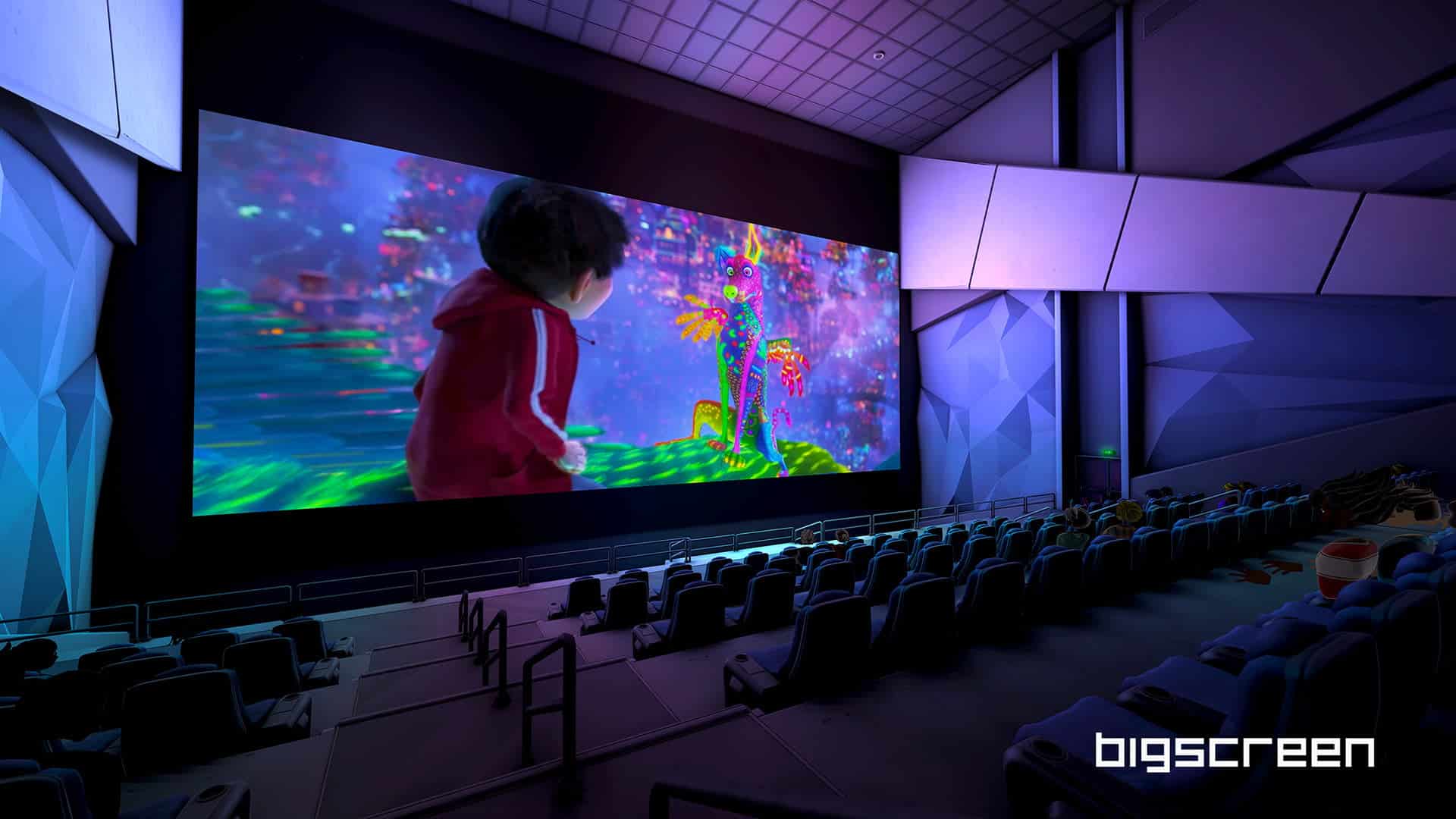The multimedia trends of May 2020 include examples of technological innovations that aim to satisfy the demand created by social distancing. From fitness apps on smart TVs to augmented reality fairs, all trends aim to connect, entertain and even limit economic damage.
Interactive and artificial intelligence litter bins
Sencity focuses on solving city problems by developing interactive and technologically advanced street furniture that captures the attention of passers-by.
TetraBIN it is driven by artificial intelligence and the Internet of Things. With its customizable interface, the dustbin is reinvented to “encourage positive behavior”. Innovation becomes playful, aiming at the formation of a more aware urban community. Additionally, TetraBIN can be programmed to offer answers to questions, even becoming educational.
Tickets for virtual cineforums

Kino Lorber has launched Kino Marquee, a service that helps small arthouse cinemas offset their losses during this period. The public can purchase a digital version of the film, which is "screened" on specific days and times, as if it were a theater show. The films have a dedicated page and are promoted on the social channels of individual cinemas. There are also spaces to bring together viewers and authors, and collect their opinions on what they have seen (without spoiling others).
Kino Marquee recently increased the number of cinemas participating in the initiative from 12 to 150. Richard Lorber, CEO of the company, spoke about the future of the project, “our motto has always been 'cinema of experience'. This is why we want to help our partners maintain visibility and value in launching the highly curated films we all care about."
Instant and monoskill courses with celebrities

Masterclass offers everyone a way to learn from industry-leading experts and celebrities. On the educational platform, users can take makeup lessons from Bobbi Brown, learn creativity and leadership from Anna Wintour and get Neil Gaiman's perspective on storytelling.
By purchasing a subscription to the platform, users get a pass to learn from some of the world's best professionals in their field. Now that many people are forced to stay at home, many are choosing to improve their skills in a variety of areas.
Average 10-minute lessons fully practice oriented. Small and precious. One of the most promising multimedia trends.
Co-Watching platforms in virtual reality
Big screen TV e Bigscreen Cinemas are two innovative ways to watch content together with family and friends in the environment of virtual reality.
The large screen TV allows up to eight VR users to watch over 50 live channels together. The free content comes from channels like NBC, Red Bull TV and so on. In addition, Bigscreen TV is planning to use this platform as a means of connecting people to upcoming events such as sports matches and space launches.
Bigscreen Cinemas instead it has an entry cost of around 4 dollars. This feature presents “a complete VR-enabled cinematic experience” for friends and family. 3D and 2D screenings of popular films are available through strategic partnerships with various film studios.
Augmented reality exhibitions

Il designer Sebastian Errazuriz created space for an exhibition in augmented reality which can be leveraged by artists to reach buyers and sell their artwork during the pandemic, and perhaps even after.
As museums and galleries are closed and art and design fairs are canceled or postponed, this project responds to a growing need in terms of market stagnation.
The augmented reality exhibition was developed in collaboration with artist Zander Eckbald and the platform is titled “All World“. Creatives are asked to self-publish their work, while collectors can preview it from the comfort of home.
The AR Switch allows users to better view a work of art from the comfort of their own home. Among multimedia trends, the augmented reality exhibition can perhaps be considered a lasting expression of the next art market trend.



